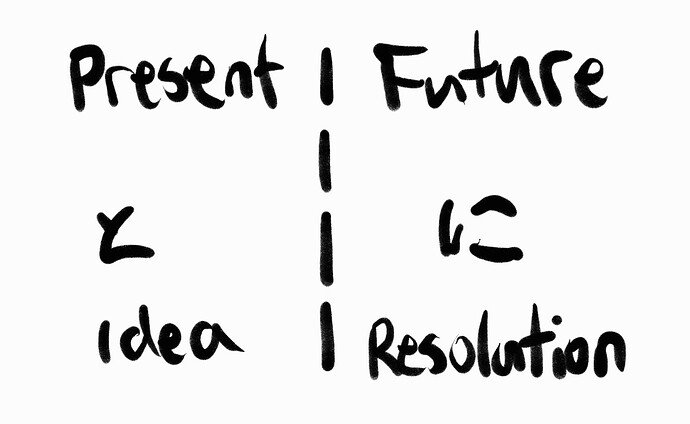Sometimes the smallest sentences give me the most questions.
I recently discovered (through Bunpro forums) a treasure trove of translated shows on Disney+. I like listening to the translations of familiar shows and think about why they chose certain phrases.
In one scene in “Riley’s First Date?”, the husband is daydreaming and gets snapped back to reality, and he tries to act normal.
In English, he says, “Uh, yeah. Um… I’ll… go fix the table.”
In Japanese, he says, あっ、じゃ、テーブルでも直すとするか
(it might be 直すってするか. there’s no subtitles)
If I had to translate, I would’ve said テーブルを直そう
- Why did they choose でも instead of を?
- Why did they choose 直すとするか instead of 直そう?
- What Bunpro grammar point does this fall under? I don’t think it’s this: にする | Japanese Grammar SRS
Any pointers here is appreciated. 


